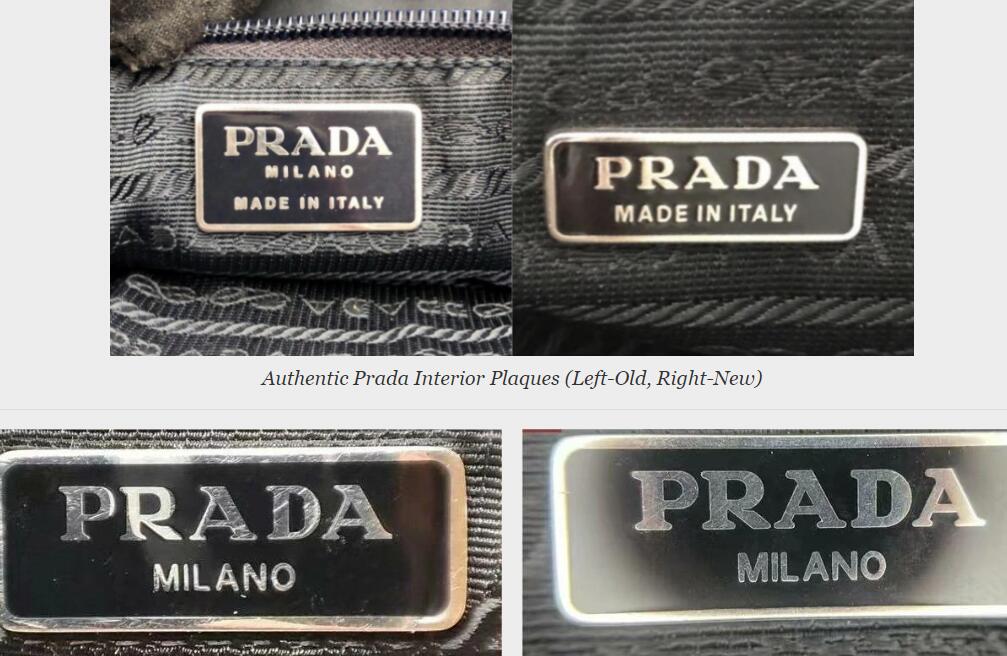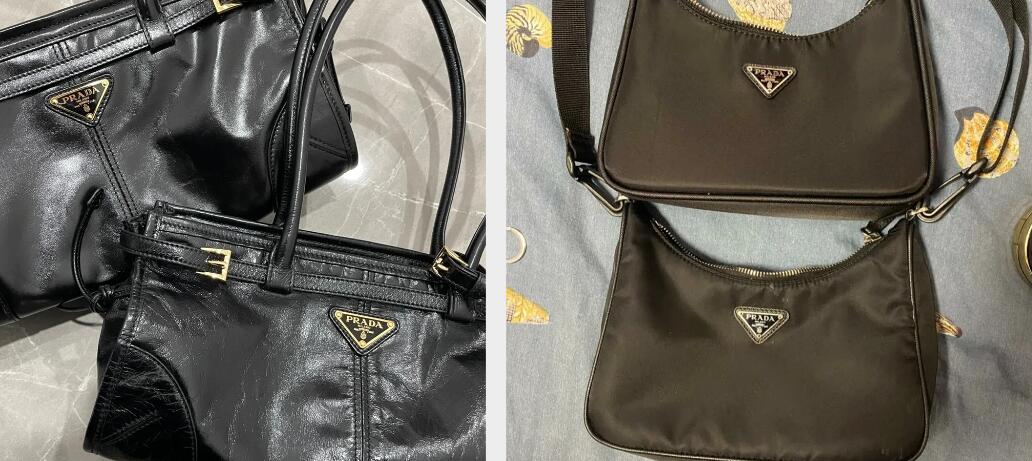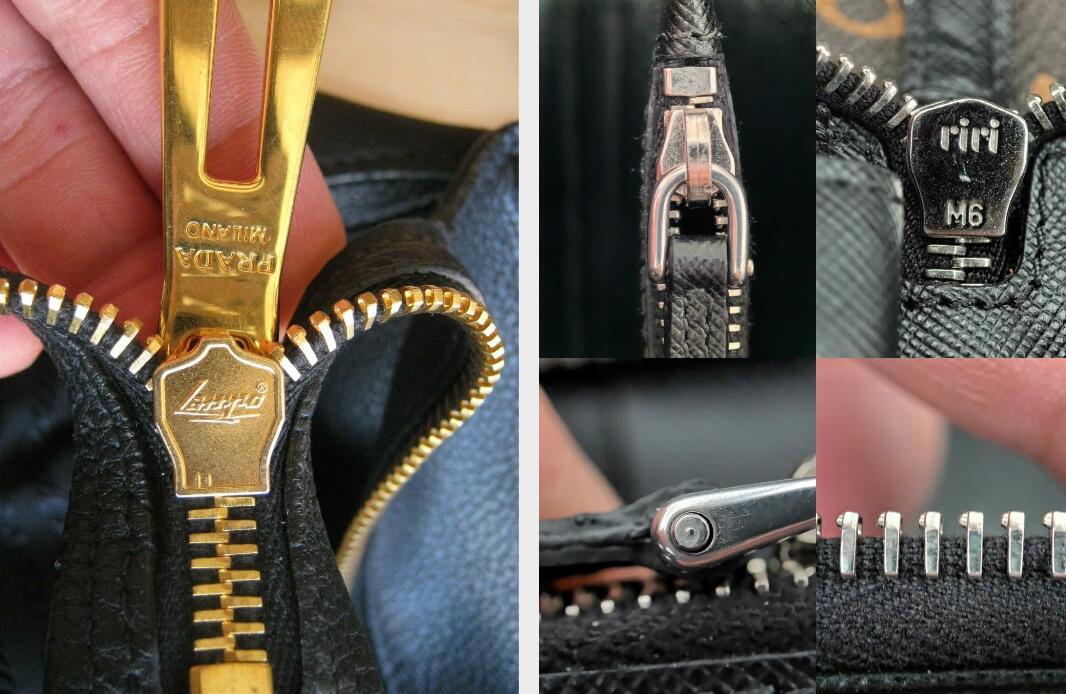
How to Spot a Fake Prada Bag: A Comprehensive Guide
Hey ladies, counterfeit goods are more prevalent than ever. How to purchase a high-quality and cost-effective product is very important. Today, I’m sharing key tips on identifying counterfeit high-quality Prada bags.
1. Logo Font
The Prada logo is distinct, yet subtle, and appears on various parts of the bag, such as the triangle logo plaque, hardware, brand stamp, and lining. The logo should be in all caps and in a serif font. Pay attention to the details: the "P" has sharp corners, the "R" has a notch with a curved shape, and the "A" has a unique cap with differing thickness on each side. Spacing is also crucial—the "PR" should be slightly farther from "ADA," and the "D" and "A" should be closest. Any deviations from these characteristics are a sign of a fake.

2. Triangle Plaque
The inverted triangle plaque is another hallmark of a genuine Prada bag. Authentic plaques are typically made of ceramic and are securely attached to the bag. Check for three lines of text: "PRADA," "MILANO," and "DAL 1913." Ensure that the font, spacing, and color are accurate, and the background color matches the bag. Beware of plaques that lack bolts or have engravings instead of bolts—this often indicates the plaque was glued on, a clear sign of a counterfeit.

3. Brand Stamp (Interior Plaque)
The interior plaque on a genuine Prada bag should be rectangular with rounded corners, attached securely, and match the lining's color. Older bags feature three lines: "PRADA," "MILANO," and "MADE IN ITALY." Newer models have two lines: "PRADA" and "MADE IN ITALY." If you spot "Milan" instead of "Milano," it’s a fake. The material and attachment quality of the interior plaque are also indicators of authenticity.
Spotting a fake Prada bag can be tricky, but by paying close attention to the logo font, triangle plaque, and brand stamp, you can avoid being duped. Remember, authentic Prada bags are made with high-quality materials, and any deviations in design or quality should raise red flags. Stay vigilant and shop wisely to ensure you're getting the real deal.

Leave a comment